Starting point (as commissioned by my brother): A reflection piece, has to be portrait format, incorporating ‘upside-down-ness’ and water’s reflections. This photograph was taken at Monet’s waterlily pond at Giverny, in 2008 on a family holiday. The day was sunny with a few clouds, my camera was a Nikon D50. We had some fun trying to recreate a family photograph taken in 1989 (?) of my dad, my brother and I standing with the pond and a bit of willow tree in the background. This is important because it’s like our shadow on the scene, and also like the one existing photograph of Monet’s shadow on the pond’s surface: time’s slippage becomes a surface slippage.
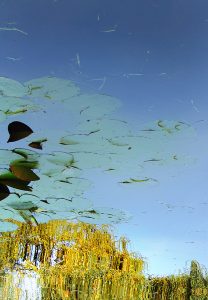
This is a segment of the original photograph cropped and turned upside-down. I used feathered selections to highlight an over-sharpening of the lower section of willow reflection, and a surface-blurring of the lily area. This section also upped the cyan/blue balance, which had the effect of ‘dissolving’ both the edges and colour of the lilies – notice the white flower is completely camouflaged.
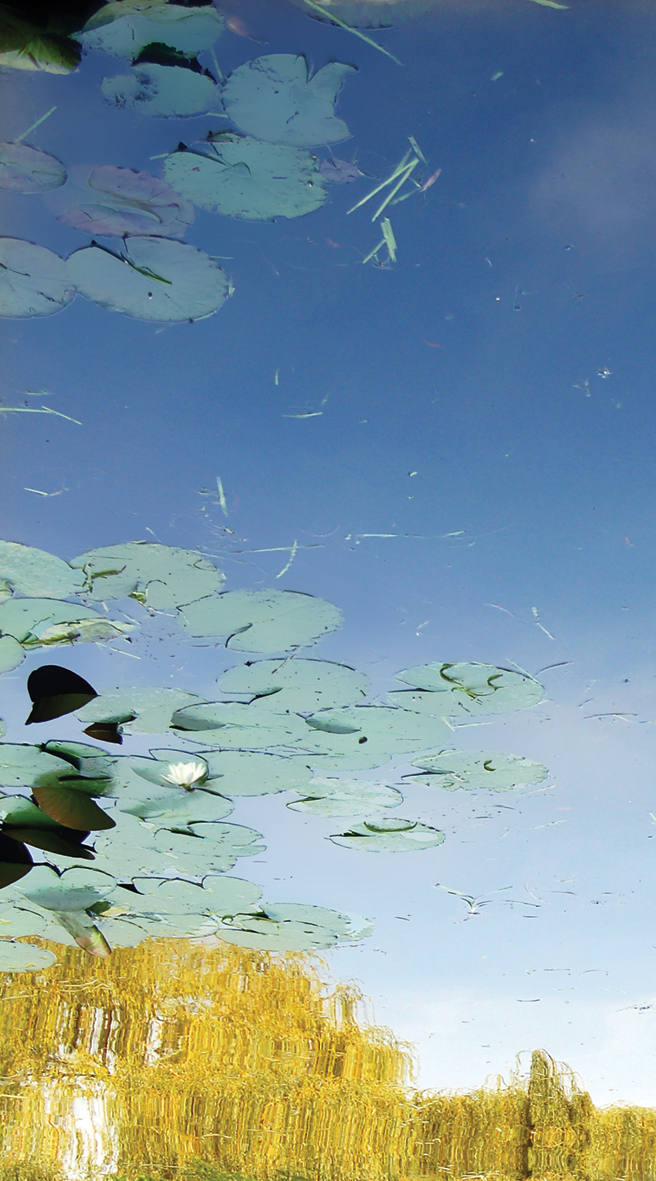
I wasn’t happy with the proportion of horizons in the previous image, nor the gradient of space suggested by sky/lily/willow. So here I’ve extended the segment of the original photograph, to get a greater profile of dark to light on a vertical axis. The lilies weren’t working to produce the effect of surface ambiguity that I was after either, so I attempted a small visual trick in cloning the flower and turning it the right way up. It’s a small, interesting interruption to the plane of view, but hasn’t enough resonance to carry the whole piece.
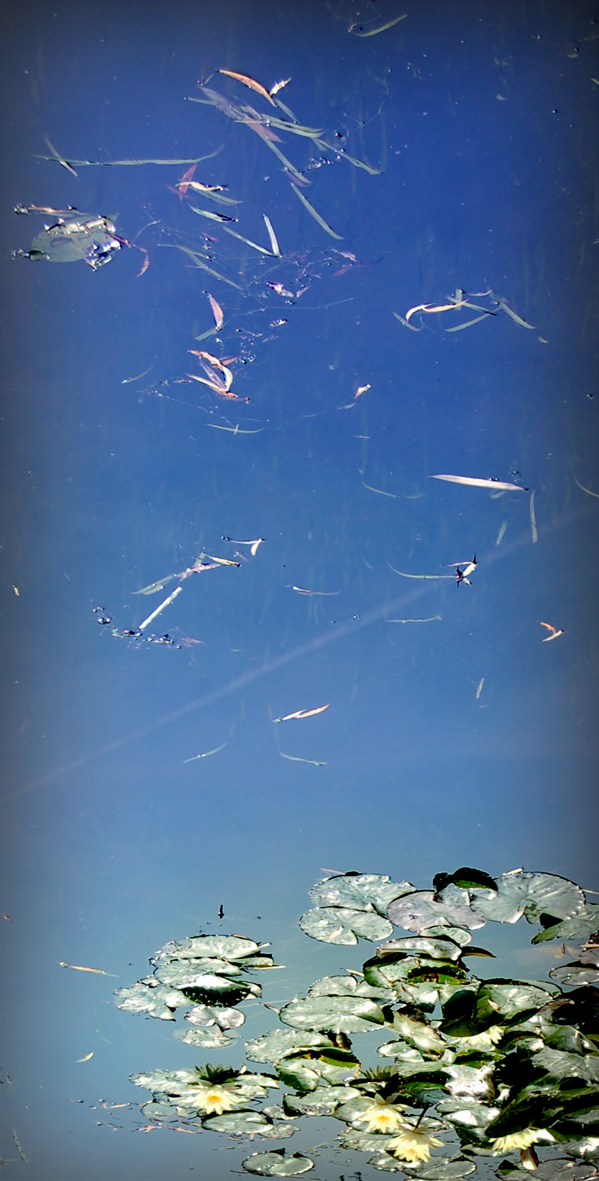
On paper, I thought the previous image was finished, and took it to the printers. However, I got it back, and realised the surface blur in the central section had taken out too much detail in the lilypads, and left a strangely unreal matt effect with the odd black grain. It’s a lesson I always forget to learn – filters in Photoshop usually aren’t a good thing. Thankfully, the printers had made a mistake in the format, so I had the chance for a reprint, and took this as a second start. How to salvage a not-quite-popping middle ground? Get another image in. This one is another upside-down segment from Monet’s pond – this time with lily pads in sharp relief and some detail in the depth of the water, with nice trails of grass, bubbles and weed.
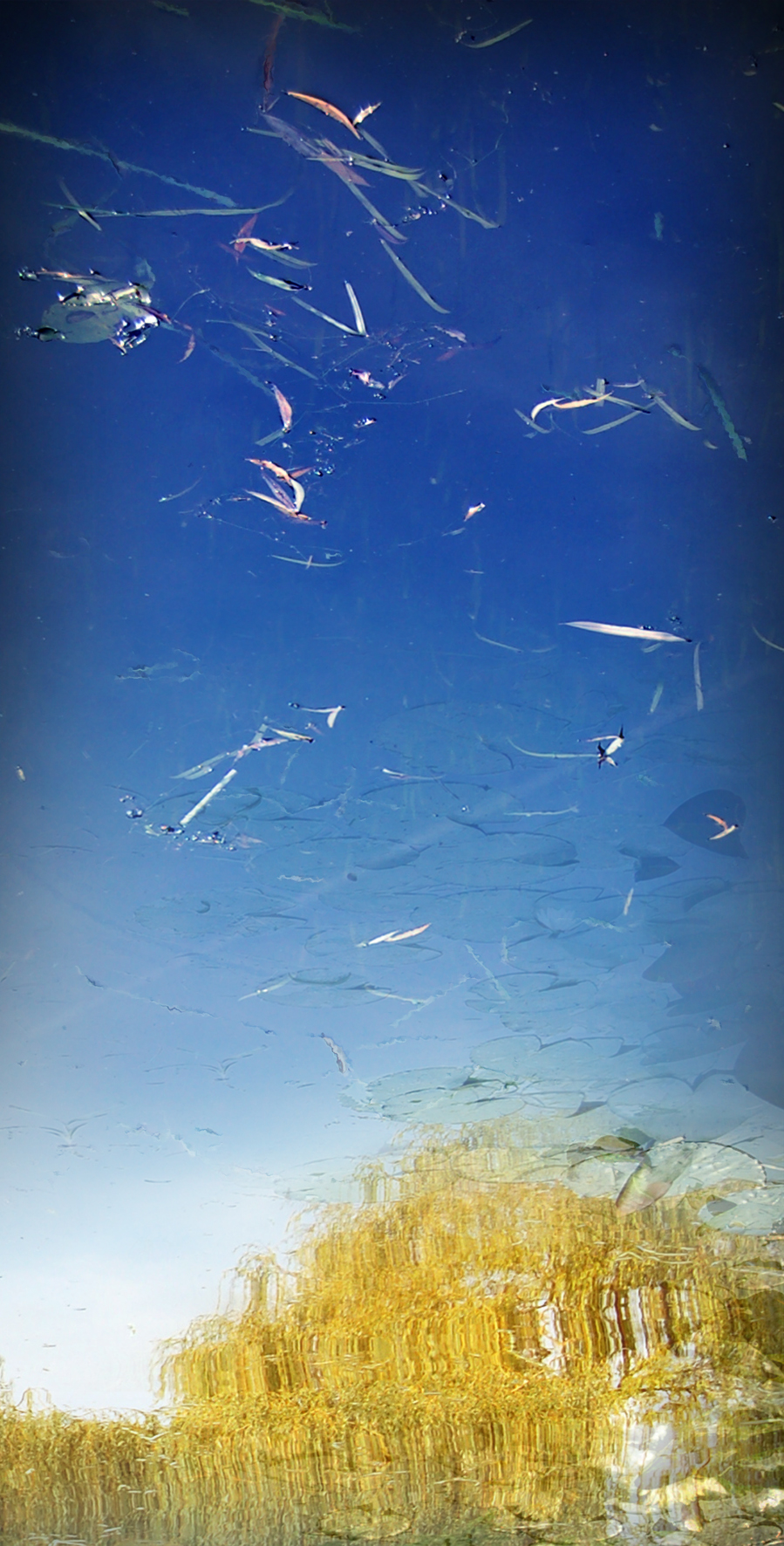
Having added a vignette effect to the previous image, and upping the cyan/blue balance, I carried it into the original segment and overlaid it with a slight transparency. This time, the surface blur filter on the second layer worked a bit better, working to effect the sense of something seen blurred by water – much more subtle and working only on the details. I also flipped the original segment to fit the pattern of lilies in the second layer, adding another ‘tier’ of willow to raise the proportion of colour, since the lilies had become much more invisible. The metallic glint in the bottom right was a happy effect, though the transition from willow to lily above this hasn’t quite worked.
The final image above – here I’ve flipped the whole image again, feeling that the proportions suited a heavier left edge. I also increased the visibility of the lilies in the top half of the image by soft-erasing the layer of the second image. Doing this with a sharp-edged brush on the lower-section lilies that have a striking shadow or underside was also effective. I hadn’t wanted to lose these dark-looking saucer shapes, as they add to the abstraction, and the erasing also helped to pick out a green tint that balances the movement from blue to yellow. I particularly like these, and also the sparkle of the floating details, which I brightened. From a distance, they look like they could be stars in the sky.
This is the start of a new series of pieces using photographs from Monet’s garden. His waterlily paintings are justly famous – he knew about mesmerising worlds, about shimmering colour spectrums, about serene consistency and abstract intangibility. I wish he had taken more photographs.
Header image: Tenom I, 2011, by Sheona Beaumont.
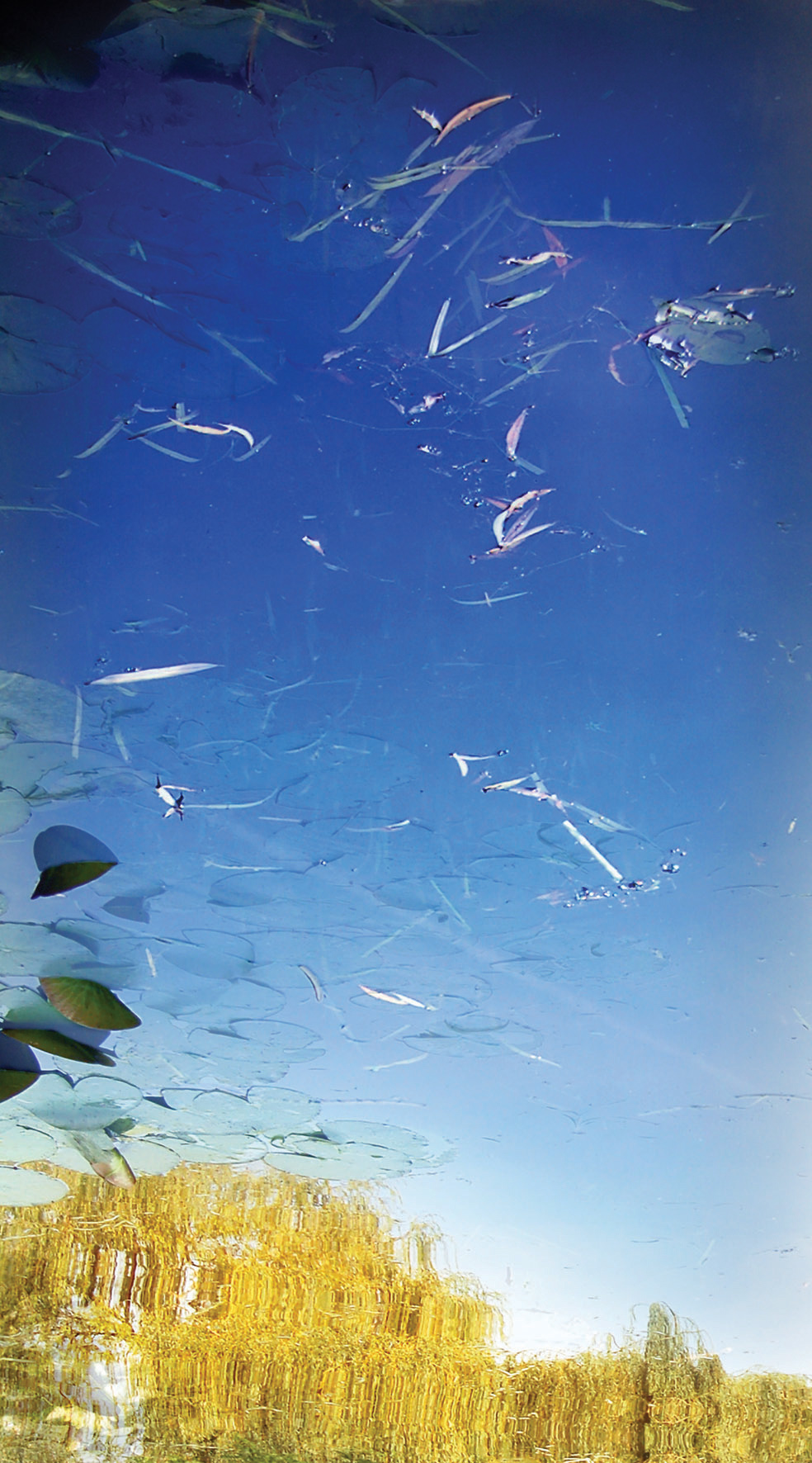
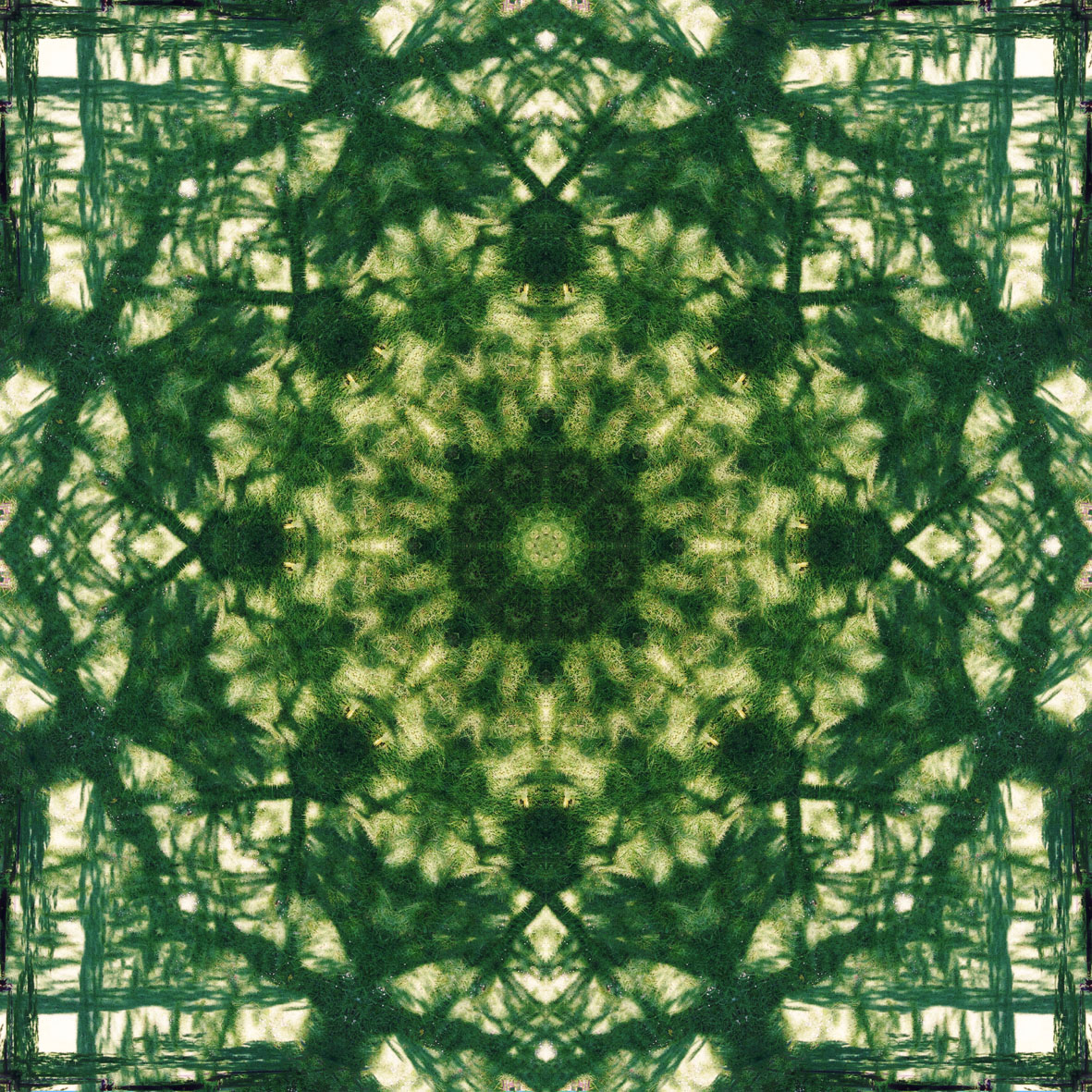
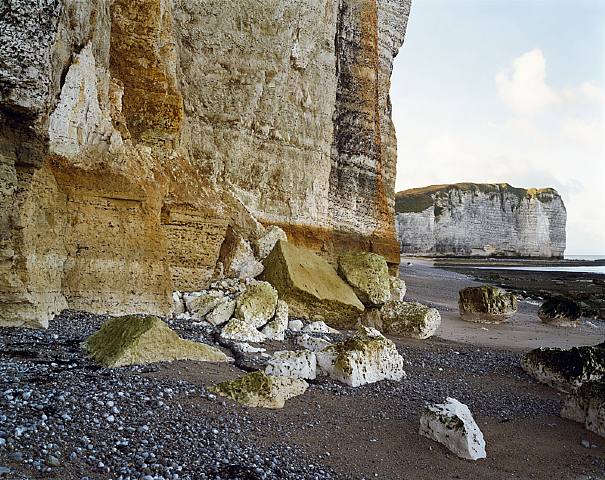
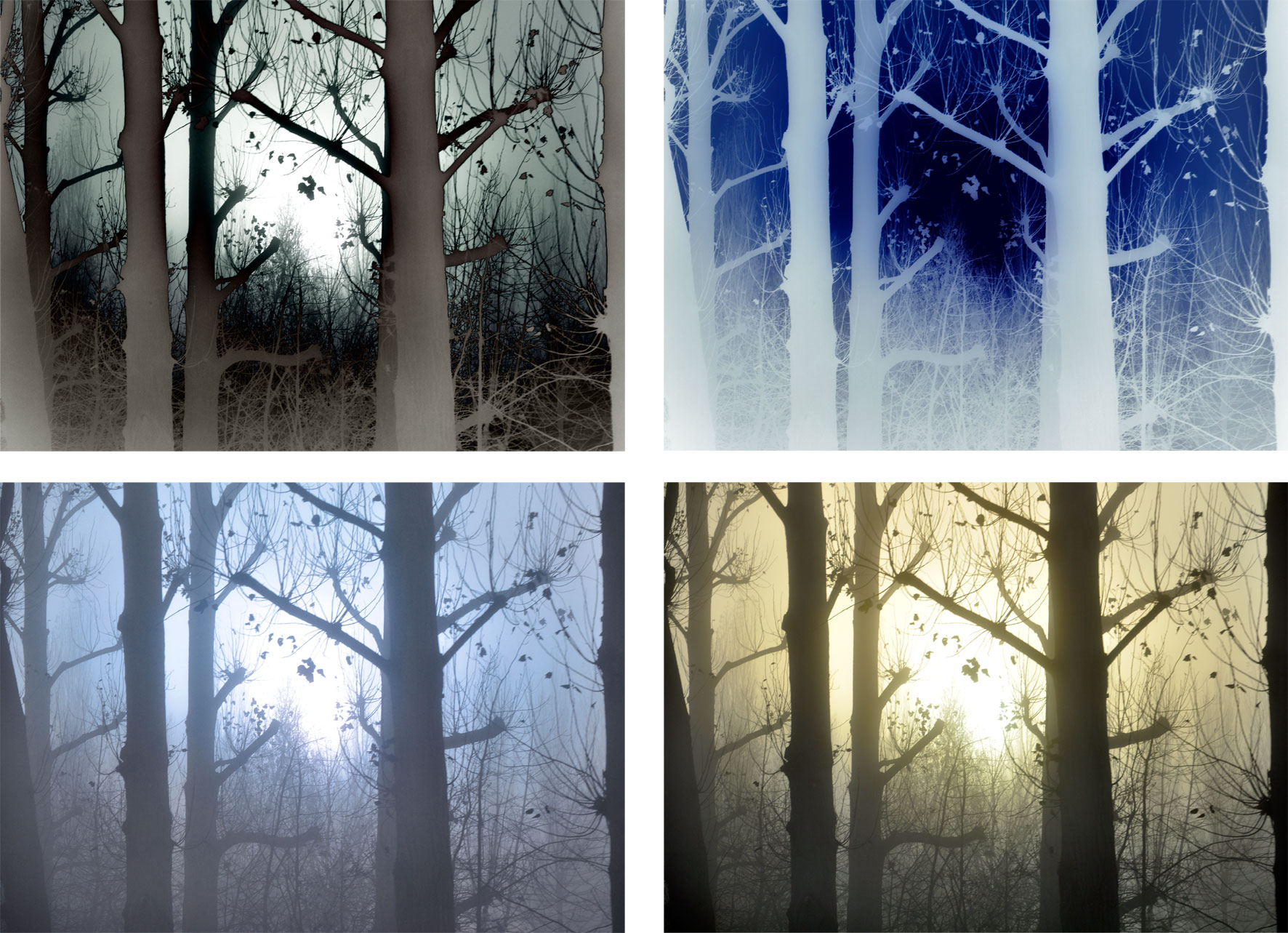
Hi Sheona – Your work is so beautiful xx
Emy thank you! I love your site too, just had a browse. The Maisy quilt is amazing!